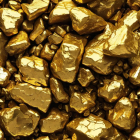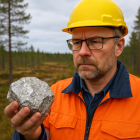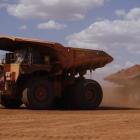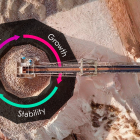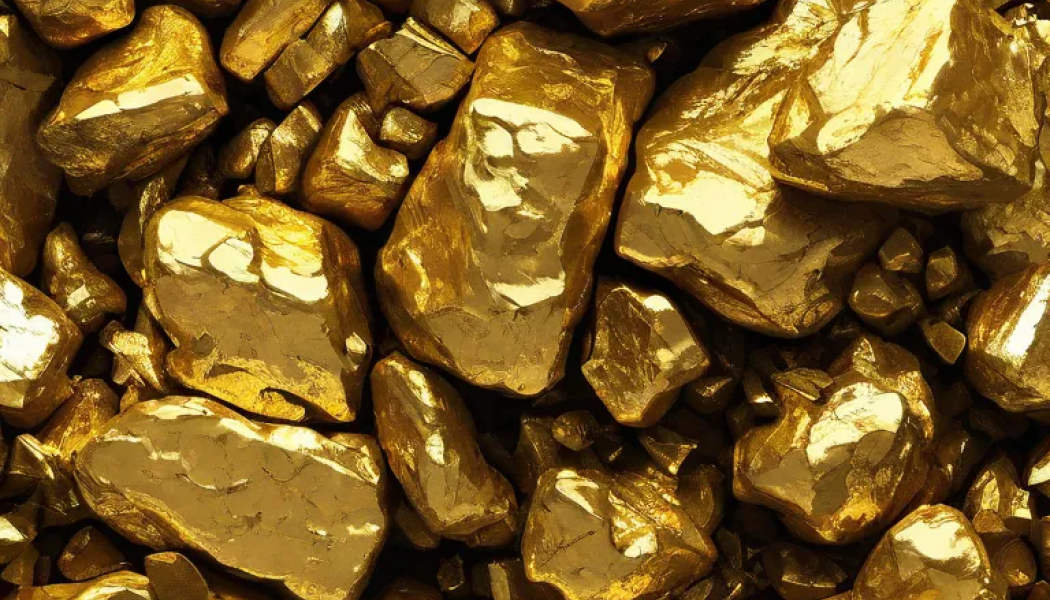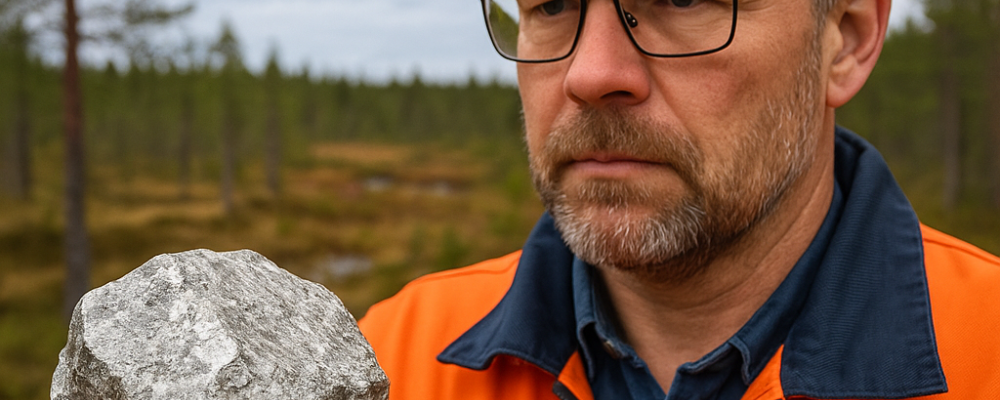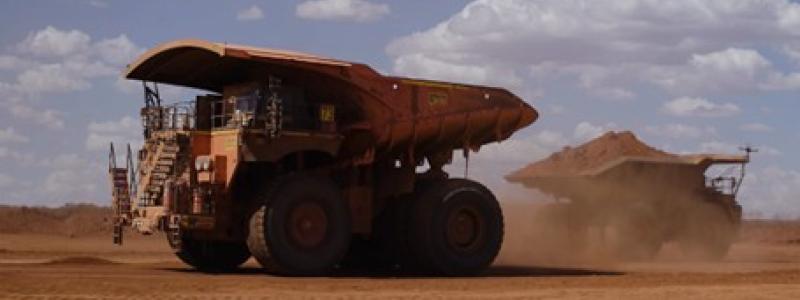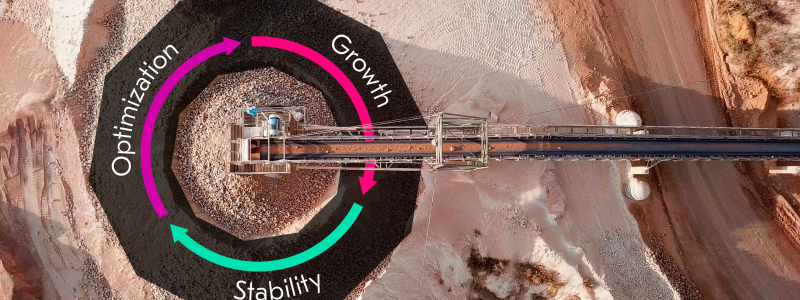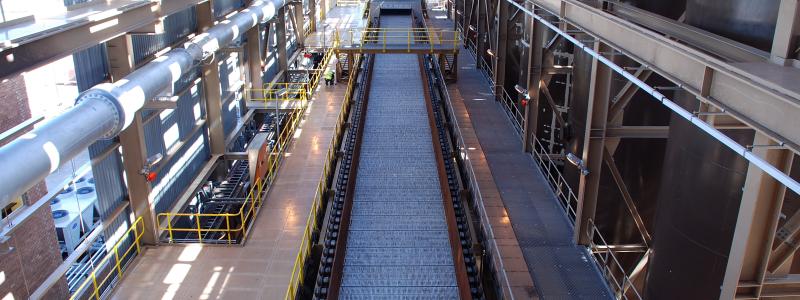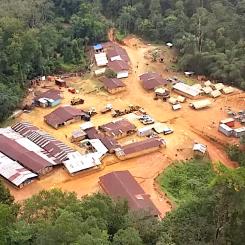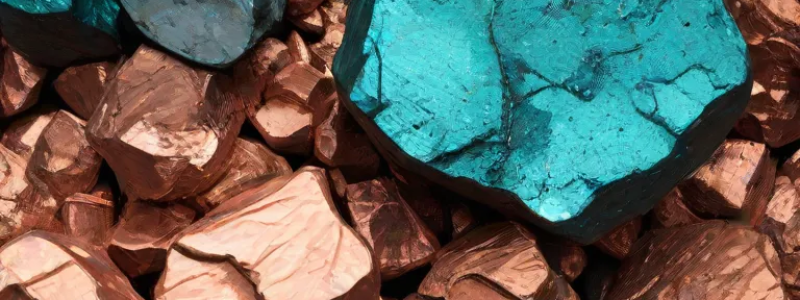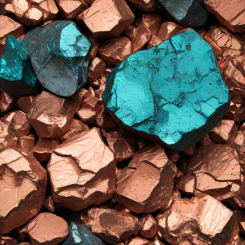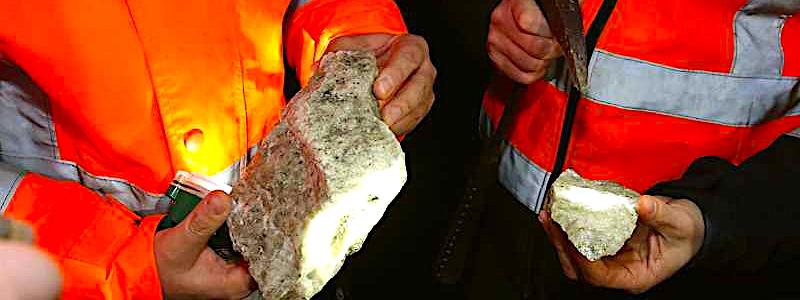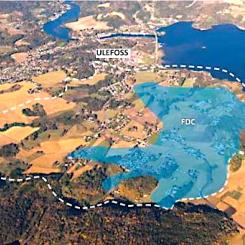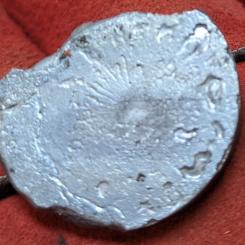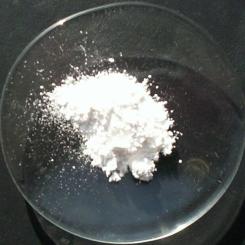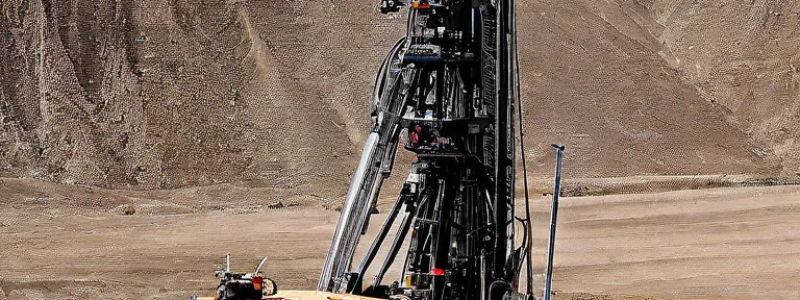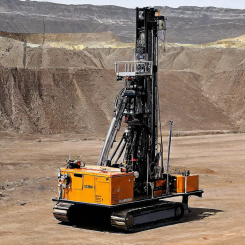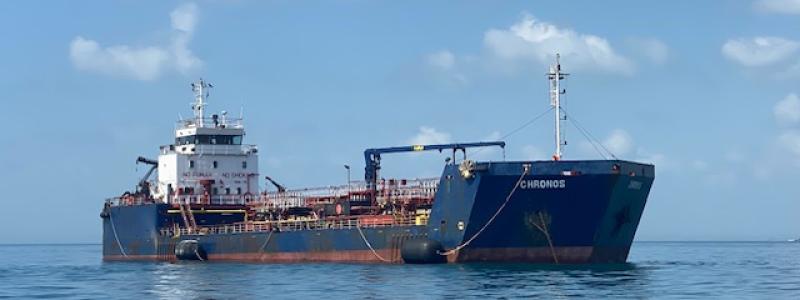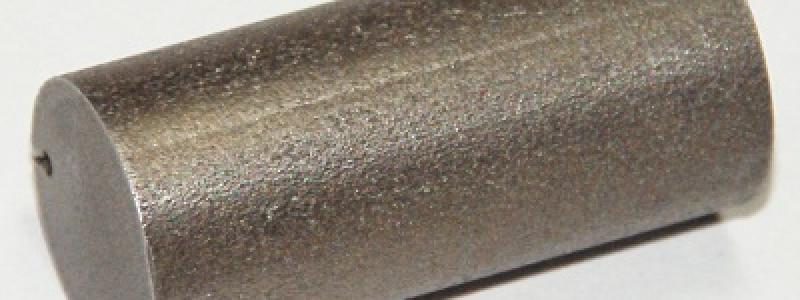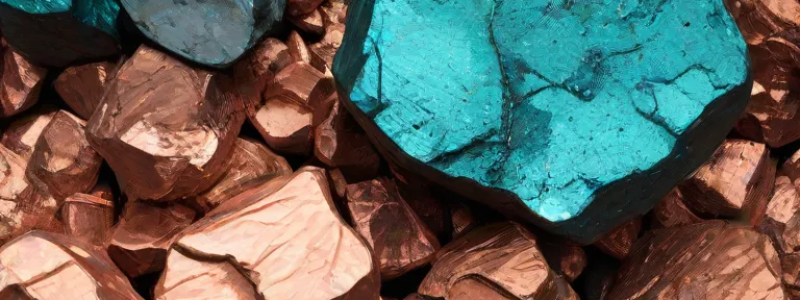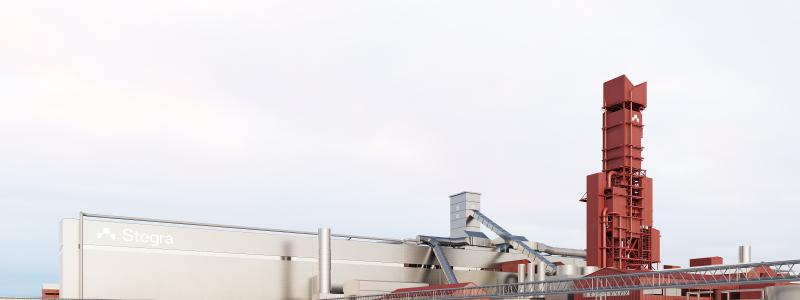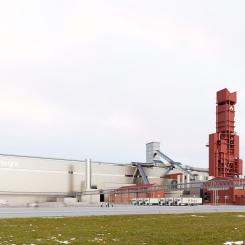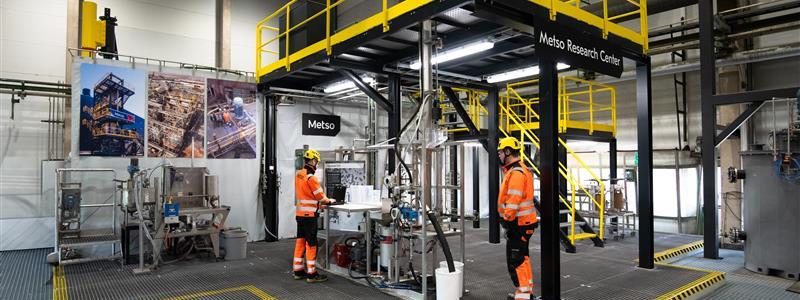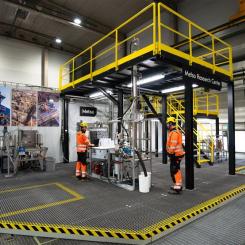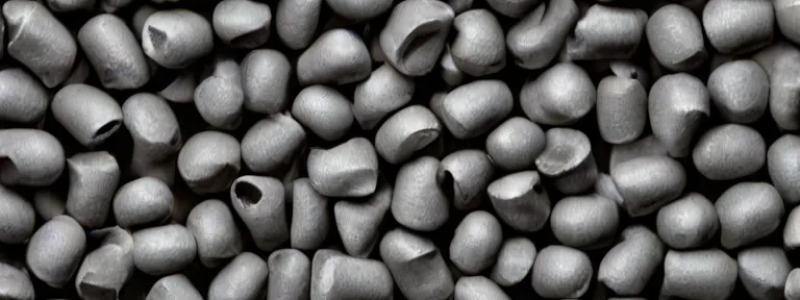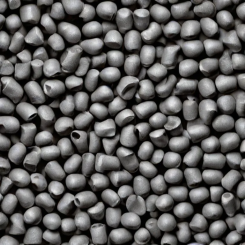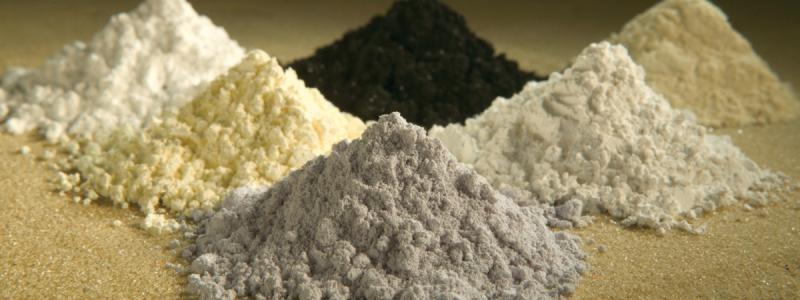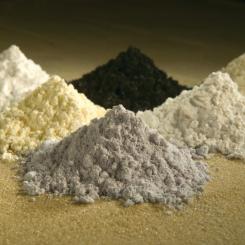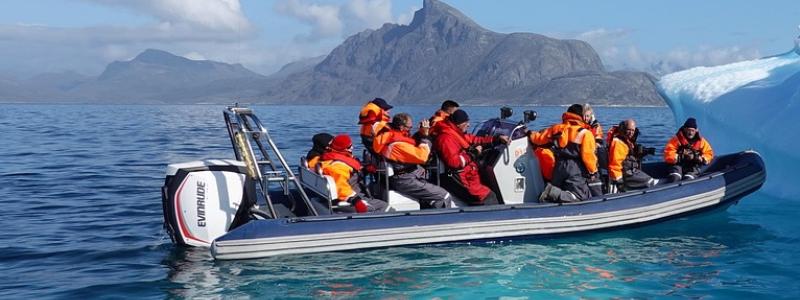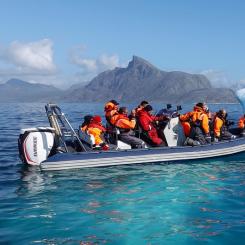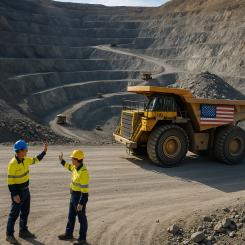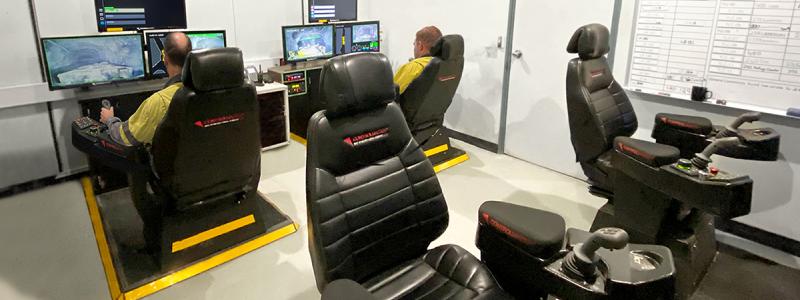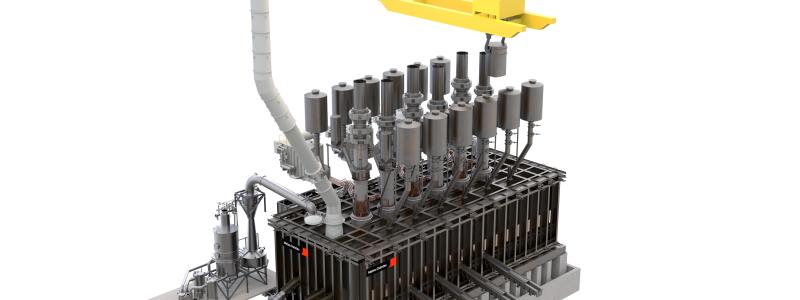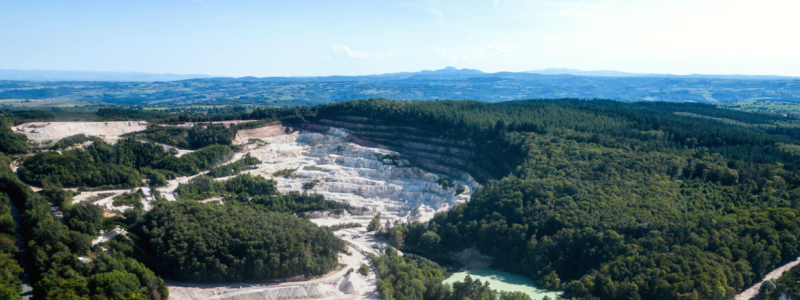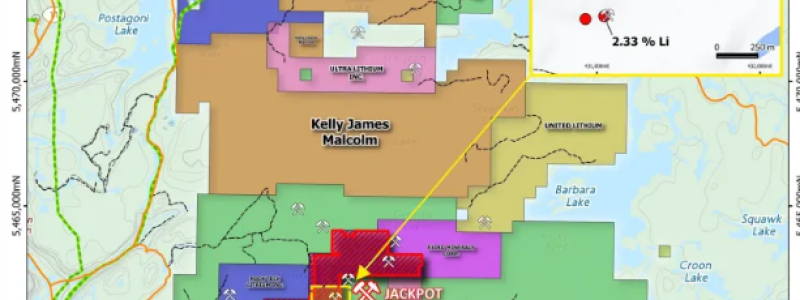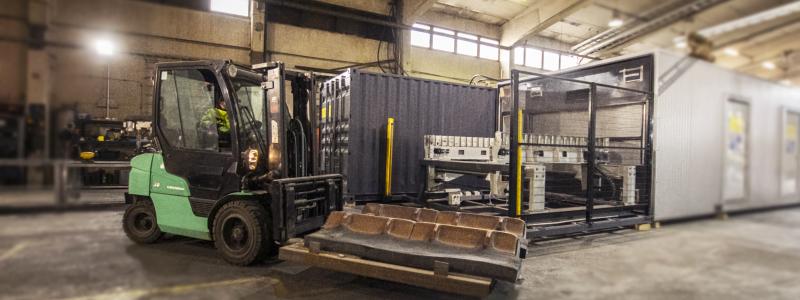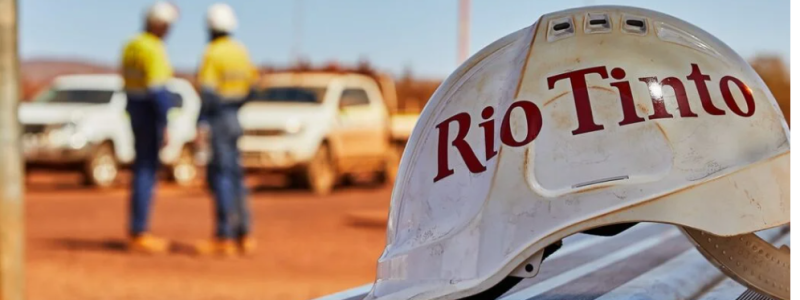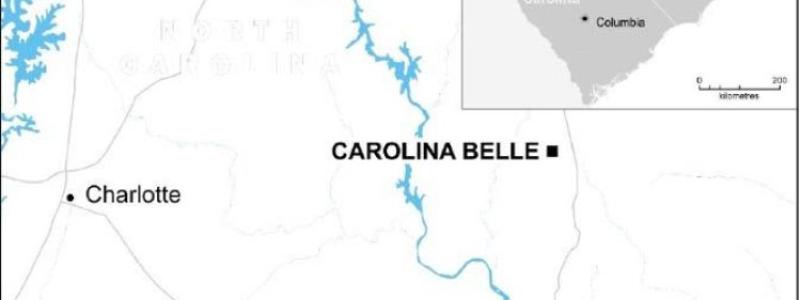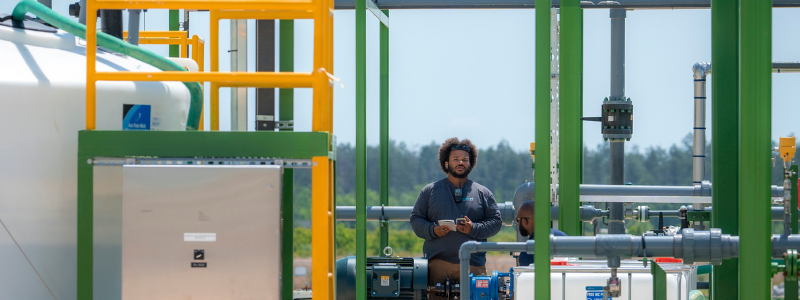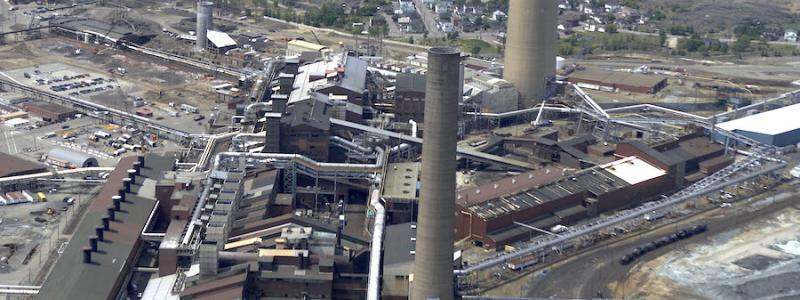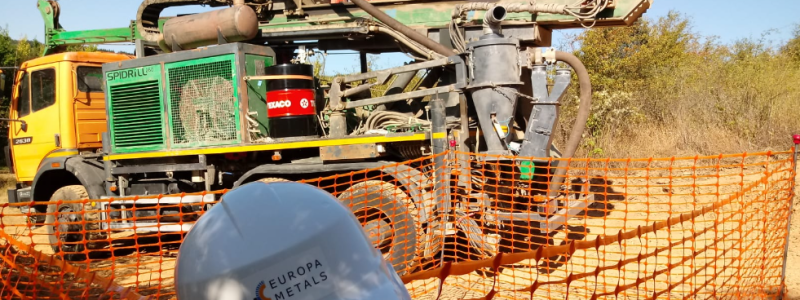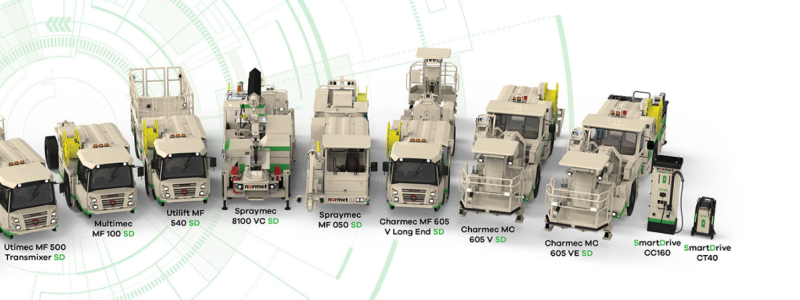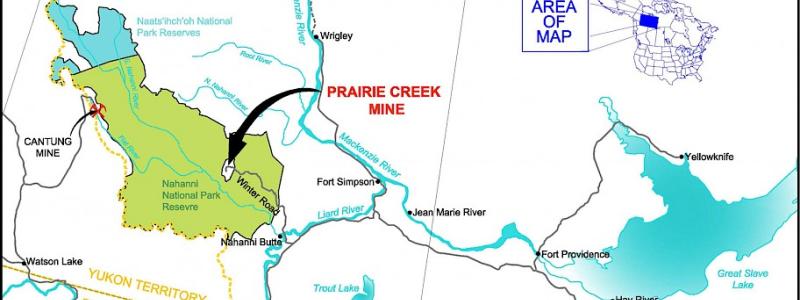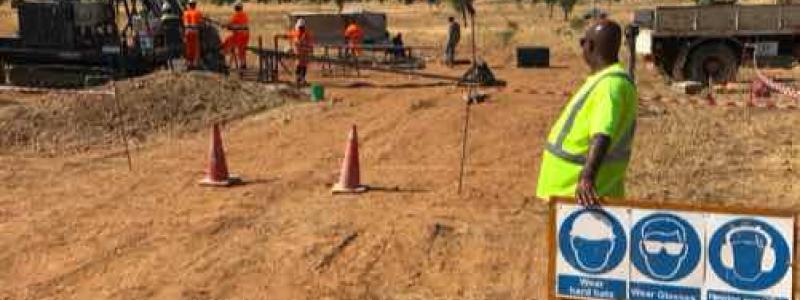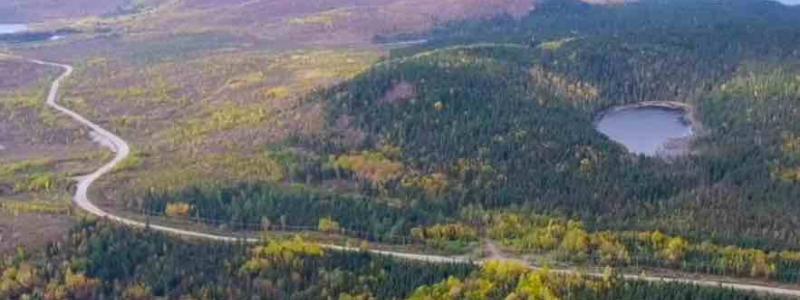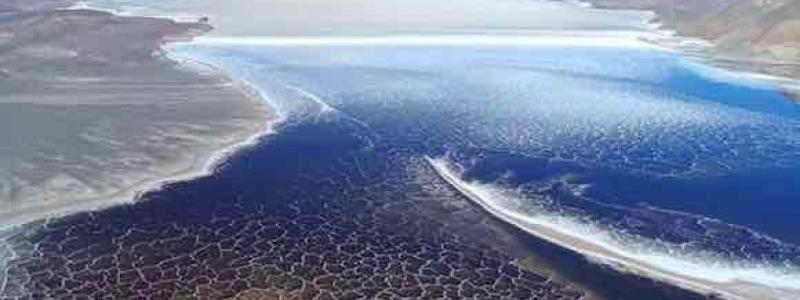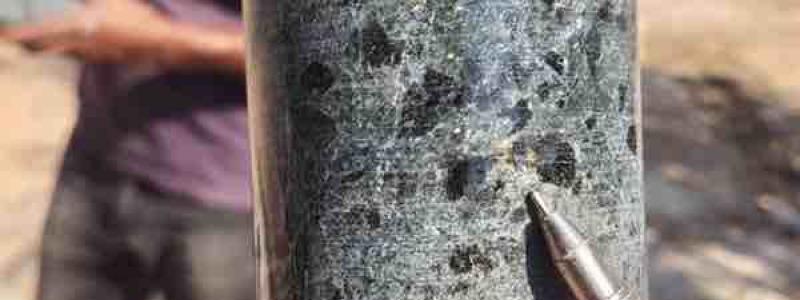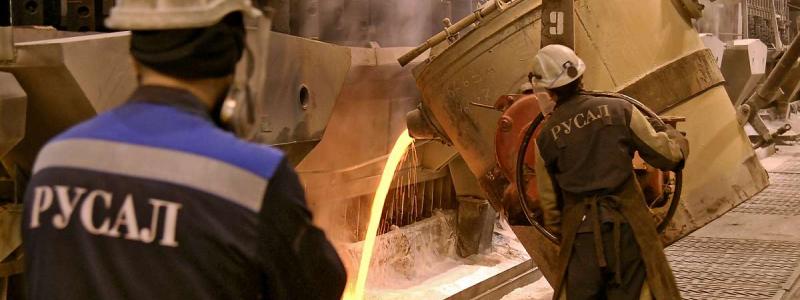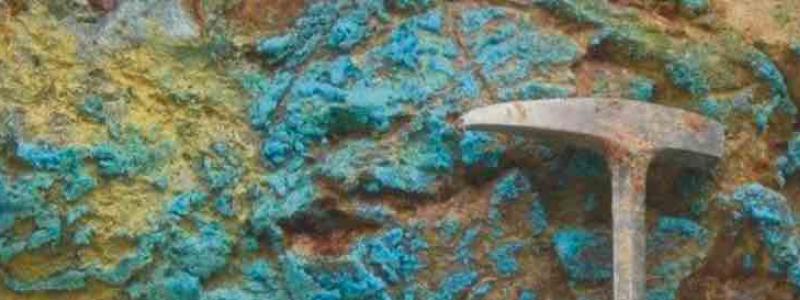Tinka Resources announces the commencement of the first ever drill program at the Company’s 100%-owned Silvia gold-copper project.
This is the first ever drill program at the Company’s Silvia gold-copper project in central Peru acquired from BHP in 2021. Drilling is targeting high-grade gold and copper mineralization hosted by skarn and porphyry.
The drill program will test compelling gold and copper exploration target – initial program consists of four diamond holes planned to a depth of up to 400 metres to test beneath outcrops of high-grade gold-copper skarn mineralization at “Area A”.
Dr. Graham Carman, President and CEO, stated: “I am thrilled to announce that a drill rig is now turning for the very first time to test the high-grade gold and copper discovery at our 100% owned Silvia gold-copper project in central Peru. The drill rig will be operating 24-7 until late December. Our team, with the assistance of local stakeholders, have done a fantastic job to prepare the site for the drill program on time and on budget. Silvia is a highly compelling, untested target in a worldclass gold, copper and base metal belt, the notable example being the giant Antamina copper-zinc skarn deposit some 100 km along trend to the north. It is also noteworthy there are two other areas of high prospectivity for gold and copper at Silvia outside of Area A. Areas B and C will be assessed at a later stage in the exploration program.”
“The gold and copper mineralization at Silvia is associated with stocks and dikes of monzonite porphyry which have intruded a thick limestone unit (Jumasha Formation). Gold - copper mineralization occurs both within the intrusions and the limestone, forming ‘skarn’ with additional quartz stockwork veining. The skarn at Area A occurs in sporadic outcrops in the core of a high-altitude valley, with colluvial cover material or ‘scree’ in between. The presence of altered limestones in the periphery indicates a potentially large system. This initial drill program will be an excellent first test of the grade and extent of the mineralization.”

